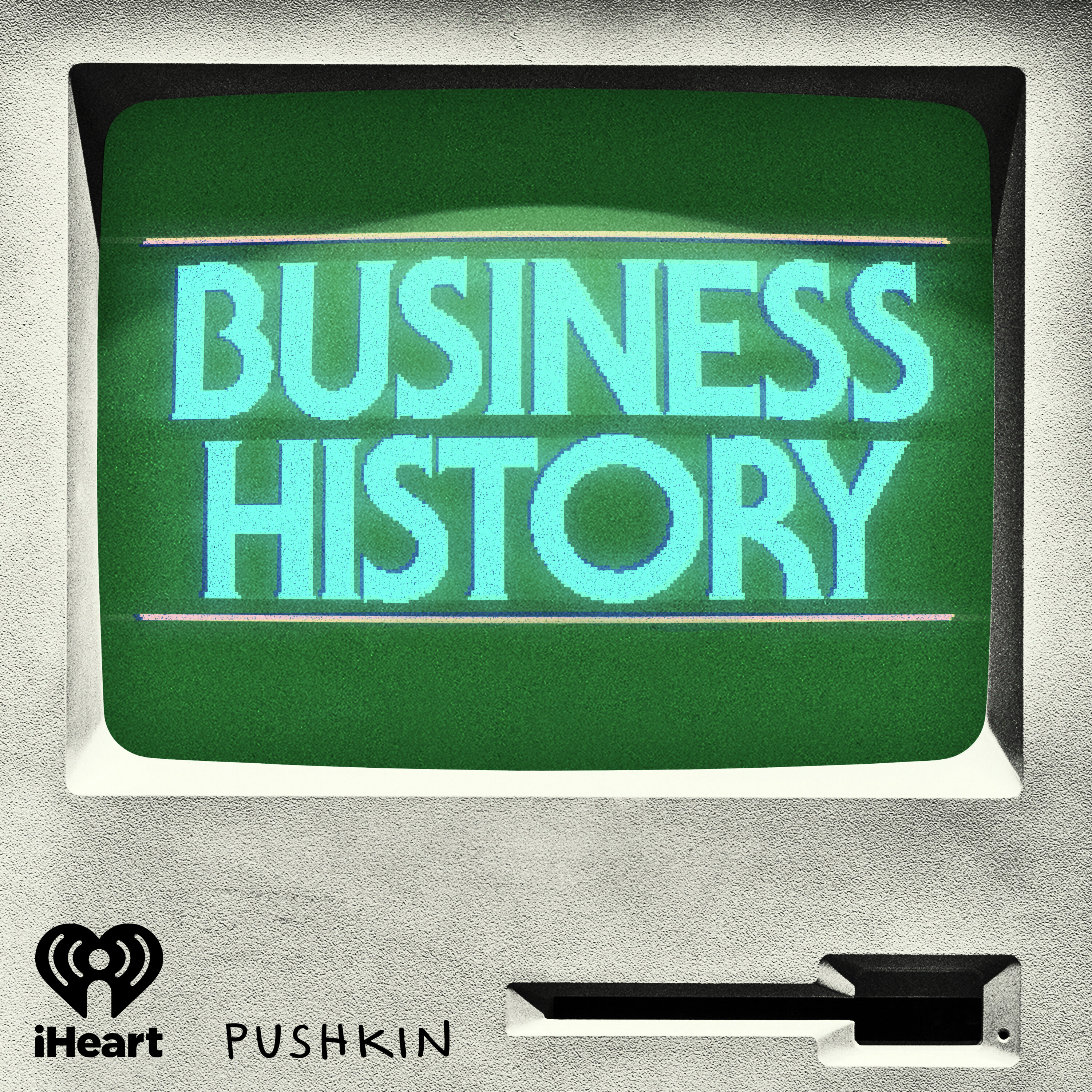Pushkin Goes to the Olympics
Legends are made at the Olympics and this summer shows across the Pushkin network are bringing their unique takes to Olympic stories. This special episode includes excerpts from a few: a Cautionary Tale about underestimating female marathoners, a Jesse Owens story from Revisionist History’s series on Hitler’s Olympics, and—from What’s Your Problem—the new technology that’s helping Olympic athletes get stronger.
Check out other show feeds as well, the Happiness Lab and A Slight Change of Plans are also going to the Games.
Sylvia Blemker of Springbok Analytics on What’s Your Problem
The Women Who Broke the Marathon Taboo on Cautionary Tales
Hitler’s Olympics from Revisionist History
See omnystudio.com/listener for privacy information.
Press play and read along
Transcript
Transcript is processing—check back soon.





